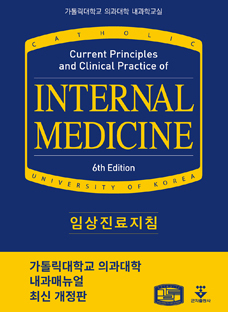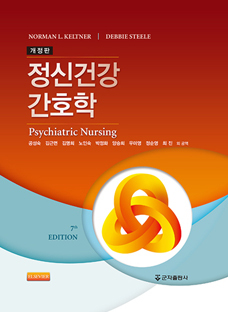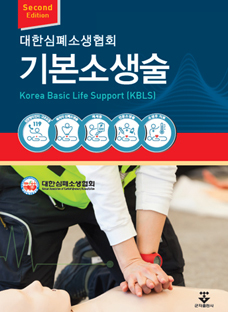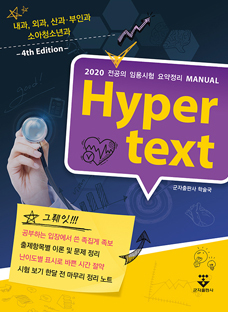Preface ix
Acknowledgments xi
Introduction xiii
Chapter 1. Genomics and Epigenetics 1
1.1. DNA, RNA and genetic code 1
1.2. Sequencing and genomics 5
1.3. Tranx_scriptome and proteome 10
1.4. Epigenetics, the missing link 13
Chapter 2. Overview of Cancer Chemotherapy 19
2.1. The introduction of an innovative method 20
2.2. Nitrogen mustards, the first revival 21
2.3. Anti-metabolites, the potential for chemotherapy finally revealed 25
2.4. Natural products in the first line 28
2.4.1. Antimitotic agents 28
2.4.2. Topoisomerase inhibitors 30
2.5. Cisplatin and organoplatin derivatives 32
2.6. An evolving therapeutic approach 34
2.6.1. Combinatorial chemotherapy 35
2.6.2. Adjuvant chemotherapy 36
2.7. Targeted therapies 38
Chapter 3. Immunology and the Immune System 41
3.1. From variolation to vaccination 42
3.2. The hegemony of the humoral theory 44
3.2.1. Instructive theory versus selective theory 45
3.2.2. Determining the chemical nature of antibodies 47
3.3. Towards a conciliation between cell theory and humoral theory 48
3.4. A complex and specific mode of action of a so-called adaptive immunity in collaboration with an innate immunity 51
3.4.1. The study of organ transplants for a better understanding of the immune system 51
3.4.2. The predominant role of MHC molecules on T cell reactivity 55
3.4.3. Other membrane molecules with a key role 56
3.4.4. B lymphocytes and antibody production 57
3.4.5. A collaboration with innate immunity 59
3.4.6. Cytokines, immune system messengers 60
3.5. Summary of innate and adaptive immune responses 61
Chapter 4. The Development of Immunotherapy 63
4.1. Immunosuppressive treatments for graft tolerance 63
4.2. Hybridoma techniques for the production of monoclonal antibodies 65
4.3. Towards an understanding of the immune response (anti- and pro-tumor) 68
4.3.1. Demonstration of the influence of the immune system on tumor activity 68
4.3.2. From the theory of immune surveillance to the “3 Es” theory 69
4.3.3. Antitumor factors 70
4.3.4. Protumor factors 71
4.4. Antitumor immunotherapy 72
4.4.1. From Coley toxin to bone marrow and hematopoietic stem cell transplantation 72
4.4.2. From T-cell cultures to antitumor vaccines 74
4.4.3. Monoclonal antibodies: from rituximab to immune checkpoint inhibitors (ICI) 75
4.4.4. Radioimmunotherapy 76
4.5. A promising path tending towards improvement 78
Chapter 5. The Maturation of Artificial Intelligence 79
5.1. From Babbage machines to the universal Turing machine 80
5.2. Cybernetics, for an association between machine and physiology: towards the development of the first neural network 82
5.2.1. Cybernetics… 82
5.2.2. … to connectionism 83
5.2.3. The perceptron, an application of connectionism 84
5.3. Cognitivism and the true emergence of artificial intelligence 86
5.3.1. From the Logic Theorist… 87
5.3.2. …to the LISP Language 88
5.4. From optimism to the first crisis 89
5.4.1. AI in a new momentum 89
5.4.2. Technical and theoretical limits finally revealed 90
5.5. Expert systems, a renewed interest in AI 92
5.6. The return of neural networks: an optimal method of automatic learning? 94
5.6.1. A renewal of the structure and method of learning 94
5.6.2. Different types of machine learning 97
5.6.3. A new wave of hope generated by neural networks and other learning techniques 98
5.7. A new crisis before a decisive rebound 100
5.7.1. A technological context not yet adapted 100
5.7.2. A set of factors at the origin of the Big Data era 101
5.8. Deep learning, an association between Big Data and neural networks: AI in another dimension 103
5.8.1. An evolution of structure and power 103
5.8.2. Convolutional networks, surprising performance 104
5.8.3. A wide range of applications as a trigger for investments 106
5.8.4. AI as an aid to oncology 108
Chapter 6. The Evolution of Cancer Therapy 111
6.1. Cancer surgery 111
6.1.1. Conventional surgery 113
6.1.2. So-called “minimally invasive” surgery 113
6.1.3. Image-guided surgery 114
6.1.4. Cryosurgery 114
6.1.5. Radiofrequency ablation 114
6.1.6. Laser surgery 115
6.1.7. Robotic surgery 115
6.2. External beam radiotherapy (or external beam radiation therapy) 117
6.3. Great innovations in one formula 121
6.4. Genomics and epigenetics 122
6.5. The new therapies of the 21st Century 124
6.5.1. Targeted therapies: the use of small inhibitory molecules (-nib) 125
6.5.2. The use of monoclonal antibodies (mAb) 126
6.5.3. CAR T-cells (Chimeric Antigen Receptor) for customized medicine 128
6.5.4. Vaccine therapies 130
6.5.5. Targeted radionuclide therapy 131
6.6. Theranostics 133
6.6.1. The evolution of medical imaging 133
6.6.2. The theranostic approach, for a predictive and personalized medicine 137
6.7. Artificial intelligence (AI) and Big Data 140
6.8. “In fine” 145
Conclusion 147
List of Abbreviations 161
References 169
Index 177

































